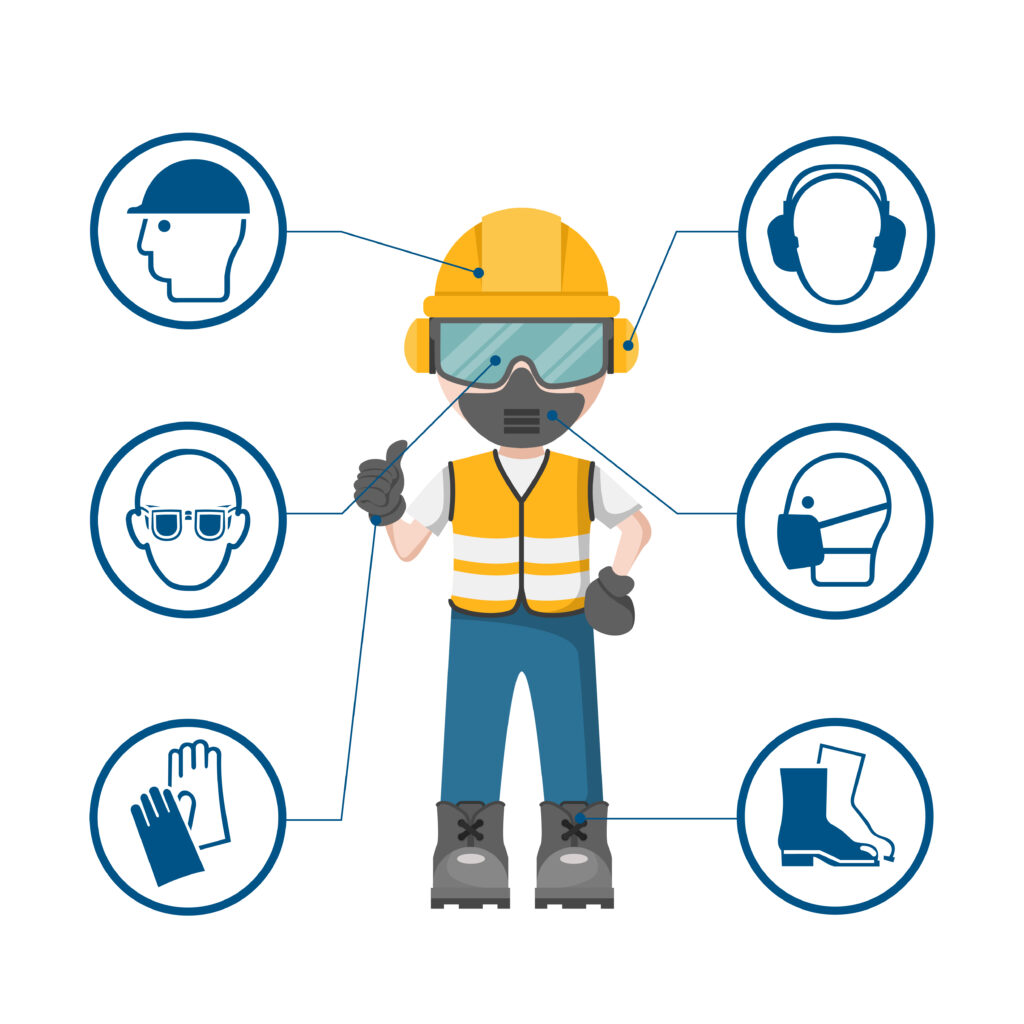Pepper Construction Group: Change in Safety Leads to Decline in Injuries and Illnesses
If you want to read the solution Click here
In 2004, Dave Pepper, the third-generation owner of Pepper Construction, met with his insurance group to review the group’s annual summary of safety performance. To his surprise, Pepper Construction’s experience modification rate (EMR) placed them in the bottom third of the group. The EMR compares the frequency and severity of workers’ compensation claims between companies of similar size operating in the same type of business and reflects the degree to which a particular company’s experience is better or worse than the industry as a whole. At the time, Pepper Construction Group’s EMR was 0.71, nearly 30 percent better than the national average for general contractors, but two-thirds of the insurance group members were even better. Safety performance was good, but not good enough.
The Solution
Pepper Construction had begun to develop a long-range strategic planning initiative. The initial goals set by the company’s leaders were related to business growth—profit, efficiency, information technology, and production—but not one mentioned safety. Pepper reminded his team members that the company’s most valuable asset has always been its people, and he encouraged them to shift their focus. It was as if a light went on within his management group. They fully embraced the commitment to safety and saw that it would protect the company’s greatest asset—their people. The strategic plan shifted, and safety became the first priority. Their initial goals remained, but safety was now the foundation on which profit, growth, and productivity would be built. Senior management, along with a newly formed safety committee, developed the following TEAM safety mission statement to communicate the company’s commitment to an accident free workplace:
- Training for all employees
- Empowerment where everyone has the authority to say “no” to unsafe conditions
- Action—the commitment to taking the steps necessary to protect employees and
- Continuously strive to improve the safety program
- Motivation—making sure the safety of the company’s people is the top priority,
- above all else
The challenge was to communicate the safety mission through the entire company, from the hourly craftsmen through the executive level. Previous annual safety seminars included every craftsman in the company, often more than 600 people in the same lecture hall listening to lectures and generic training topics. To emphasize their commitment to safety, Pepper and Ken Egidi, the president of Pepper Construction Company, held much smaller meetings limited to no more than 40 people. They took the time to shake every employee’s hand and made it very clear that everyone had the
right, and responsibility, to work safely. Pepper and his team worked hard to ensure all employees knew the company was serious about safety. They put in place additional resources to support this goal. For example, the company hired a new corporate safety director, increased training opportunities, and formed trades safety committees.
Pepper Construction now offers safety training in Spanish, including an OSHA developed training program that consists of a 10-hour course and first-aid training. The company also provides comprehensive safety orientations on every job site. In addition, the company provides safety seminars for the trades. These seminars include up to four hours of training specific to the skills needed by the craftspeople, such as powered lift training, fall protection, and emergency response. Almost 90 percent of the company’s current craftspeople have completed OSHA’s 30-hour construction safety course.
Pepper Construction has also worked through OSHA’s cooperative programs to improve its safety performance. The company is a gold level participant in OSHA Region V’s Strategic Partnership with the Builders Association. OSHA and the Builders Association signed their second Strategic Partnership on December 18, 2009. The goals of this strategic partnership include reducing injuries, illnesses, and fatalities in construction by addressing key industry hazards, promoting recognition
for construction safety excellence and sharing best practices. Gold level participants must meet a number of requirements, including the implementation of a comprehensive safety and health management program and maintaining an injury/illness rate at least 10 percent lower than the Bureau of Labor Statistics (BLS) rate for their industries. Pepper Construction is also a participant in the OSHA Challenge Program, a three-stage process to implement an effective system to prevent fatalities, injuries, and illnesses. An electronic tool that breaks down the actions, documentation, and results desired is provided by OSHA to participating companies as well. Pepper Construction is also applying for recognition under OSHA’s Voluntary Protection Programs (see Chapter 12).
The Impact
Since the strategic planning initiative and subsequent restructuring of the safety and health program, Pepper Construction Company has seen a dramatic decrease in OSHA recordable injury and illness rates.
Based on available data through 2009, Pepper Construction Company is well below the national average for TCIR and DART incidence rate in the construction industry. In addition, Pepper Construction Group’s EMR has continued to drop from 0.71 in 2004 to 0.64 in 2009.
When asked about the return on investment, Pepper has said the biggest benefit he has seen is the improved company culture: “Our workers are looking after each other, watching out for hazards and eliminating them—and really caring for their fellow employees.” Pepper Construction is committed to building on this success and continuing to improve its safety performance. Management commitment, employee engagement and providing every employee the tools they need to work safely will continue to be the keys to Pepper Construction’s workplace safety and health program.
Pepper’s improved safety culture has also spread to its subcontractors. When Pepper Construction bids out jobs, it reviews each subcontractor’s safety and health records. This includes EMR and OSHA 300A data, job safety performance, and the historical safety performance of individual foremen on Pepper projects. All subcontractors are prequalified, and no bids are awarded to subcontractors that do not meet the company’s safety performance standards.
As a result of Pepper Construction’s increased scrutiny of its subcontractors’ safety records, it has removed contractors from its list of prequalified contractors because of poor safety performance. For example, several years ago an iron worker was observed standing on the rail of an aerial lift without proper fall protection. Because the steel erecting company officials did not consider this a serious safety problem, they were removed from the job site and did not work on another Pepper Construction site for four years. After this contractor initiated an intensive safety management program, their performance improved; they are currently applying for reinstatement to Pepper Construction’s prequalified contractors list.
If you want to read the solution Click here
Questions
1. How does the Pepper Construction’s “TEAM” mission help keep the company on track toward better safety.
2. Why should Pepper Construction be concerned about the safety of its subcontractors?
If you want to read the solution Click here

